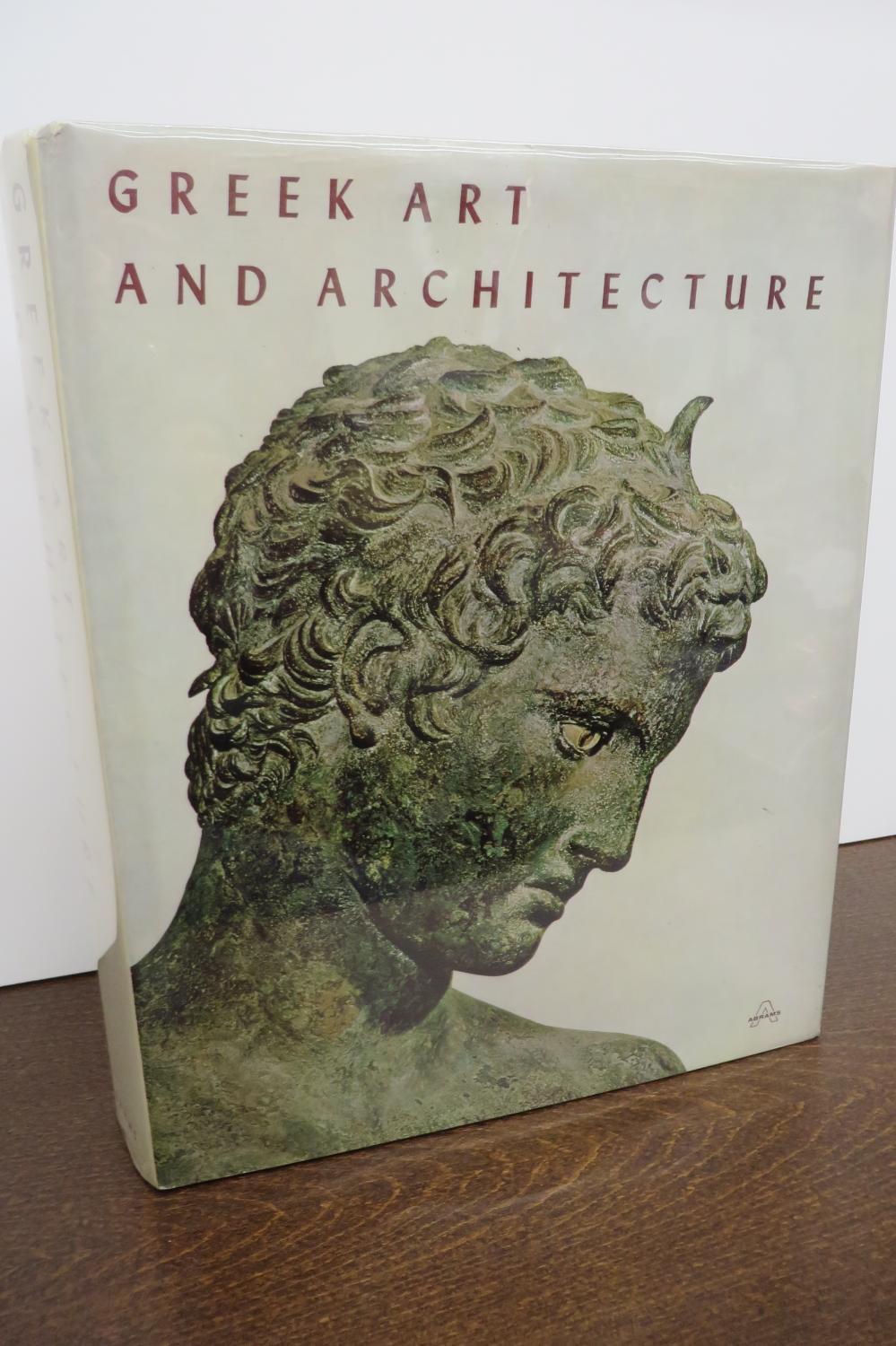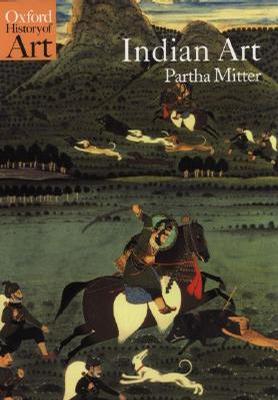

The contributors are among the mostdistinguished experts on their themes. Through well-chosen and well-illustrated examples, it examines the origins and subsequent development of Classical Art through both Greek and Roman empires.'The Art Book Review, 'this large paperback is an excellent introduction both to Greek and Roman art'Brian Fallon, The Irish Times (Dublin), 'This sumptuous volume, with twenty-eight colour plates and over 400 blackand white photographs, presents the reader with an authoritative version ofclassical art in seven chapters. 'this volume stands easily on its own as a comprehensive survey of Classical Art over some 1,500 years. They demonstrate how the arts served very different societies and patrons - tyrannies, democracies, empires the roles andobjectives of the artists the way in which the classical style was disseminated far beyond the borders of the Greek and Roman world but especially the splendour and quality of the arts themselves. AfterAlexander the Great this became the art of an empire, readily learned by Rome and further developed according to the Romans' special character and needs, until it provided the idiom for the imaging of Christianity.Here, five leading scholars tell the story of this pageant of the arts over some 1500 years, through a rich succession of illustrations on to which the narrative is woven. It ranfrom near abstraction in eighth-century BC Greece, through years of observation and learning from the arts of the non-Greek world to the east and in Egypt, to the brilliance of the classical revolution of the fifth century, which revealed attitudes and styles undreamt of by other cultures.

Their legacy is so familiar as to have become commonplace, yet despite appearing straightforward, the development of classical art in antiquity was complex and remarkably swift.


The art and architecture of Greece and Rome lie at the heart of the classical tradition of the western world.


 0 kommentar(er)
0 kommentar(er)
